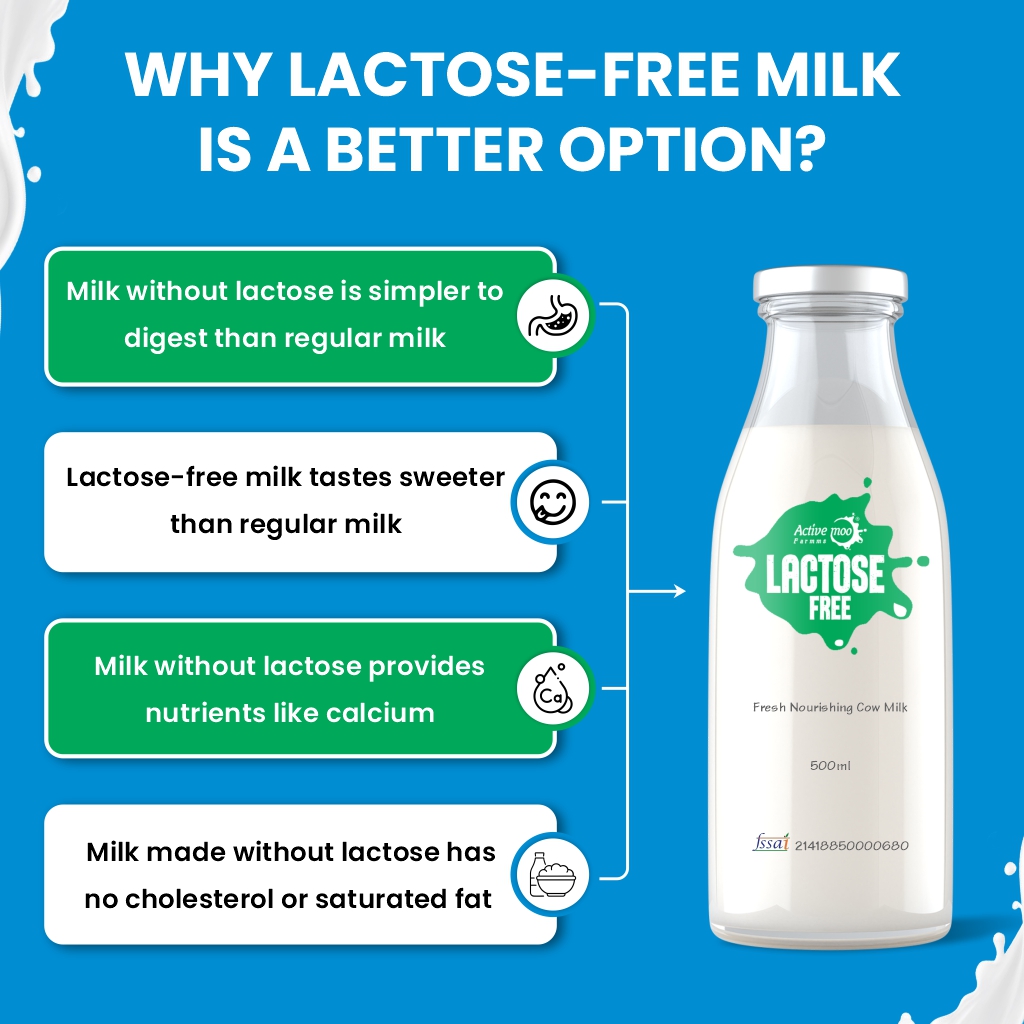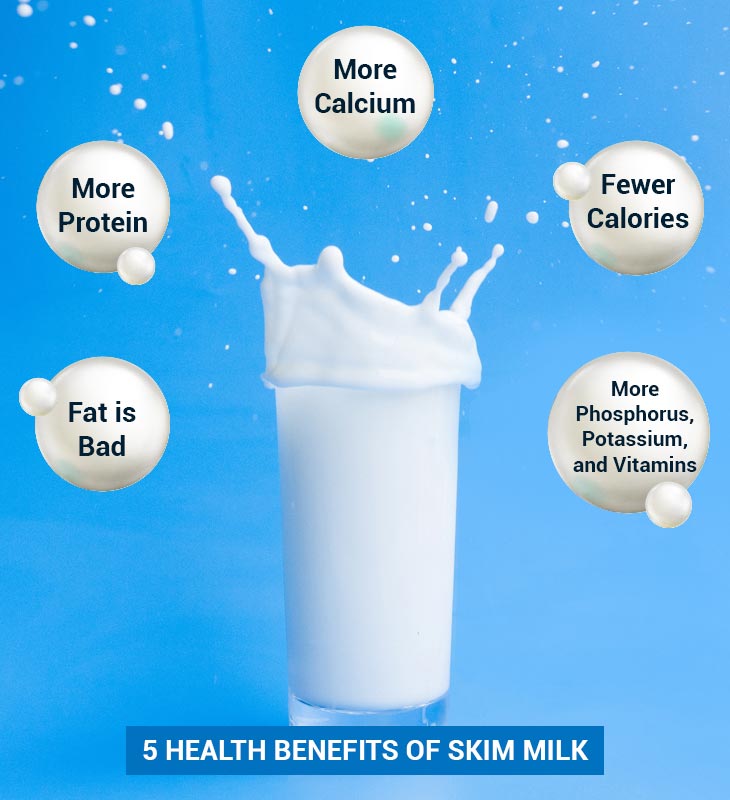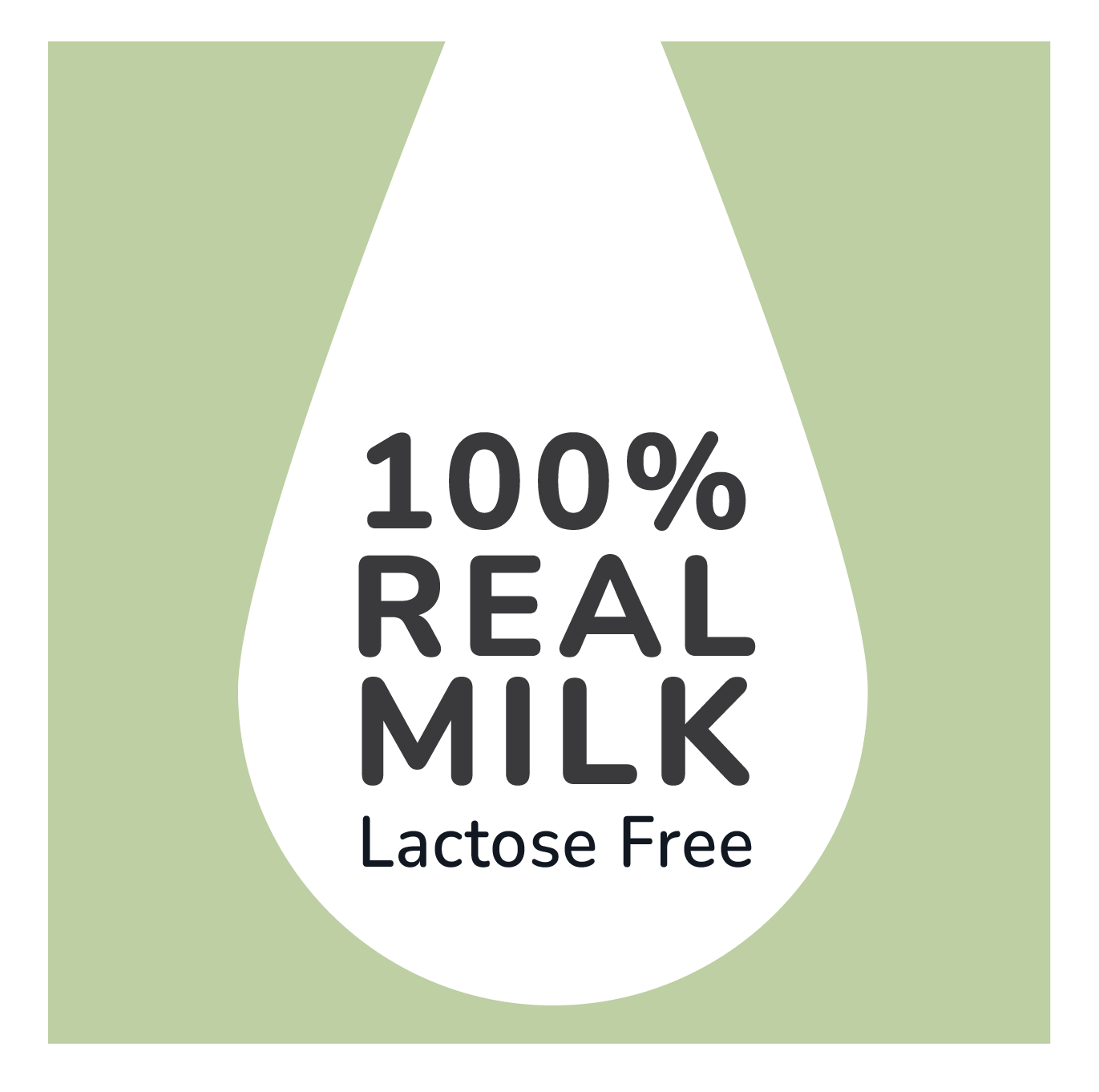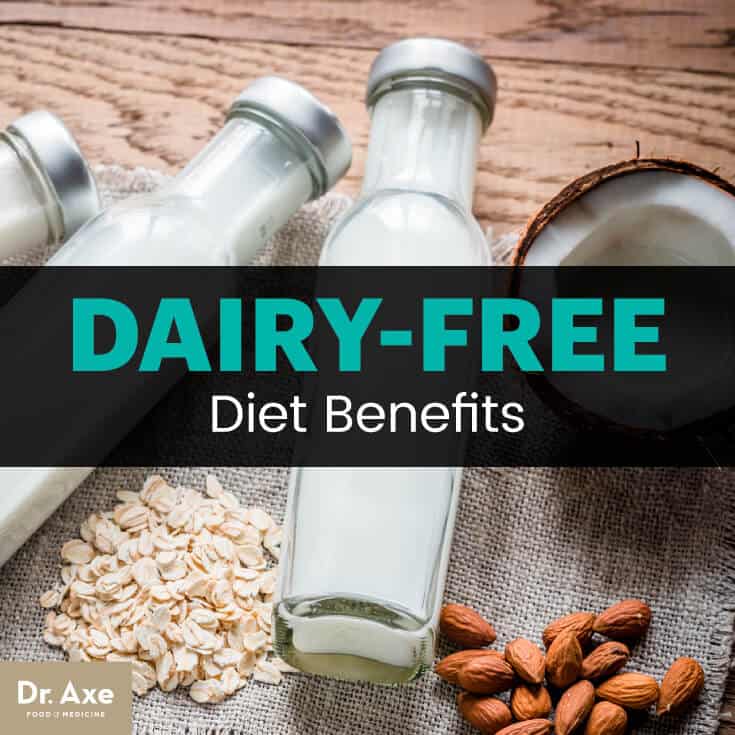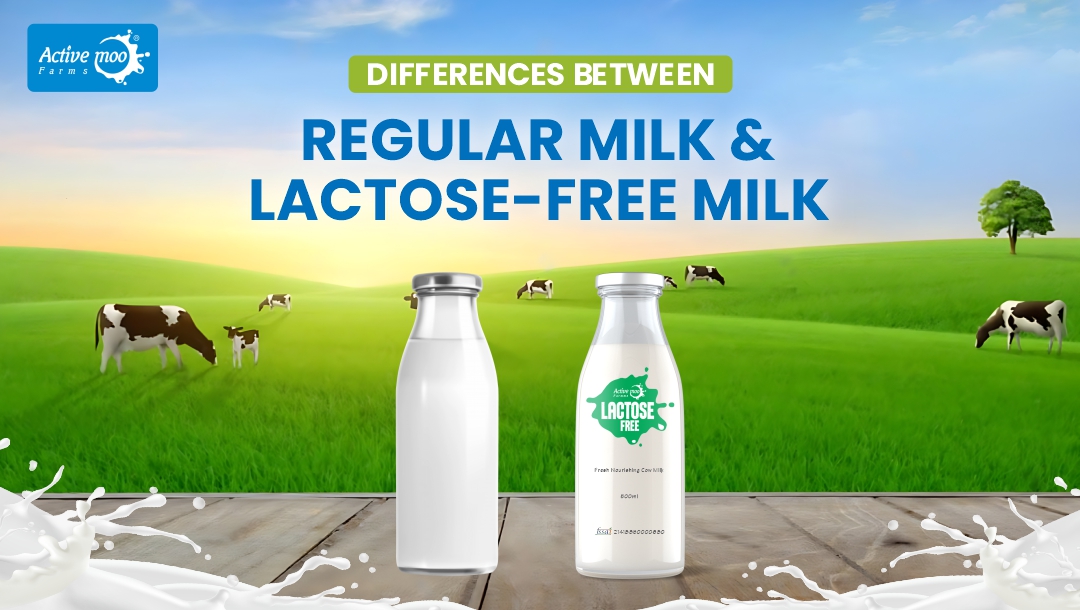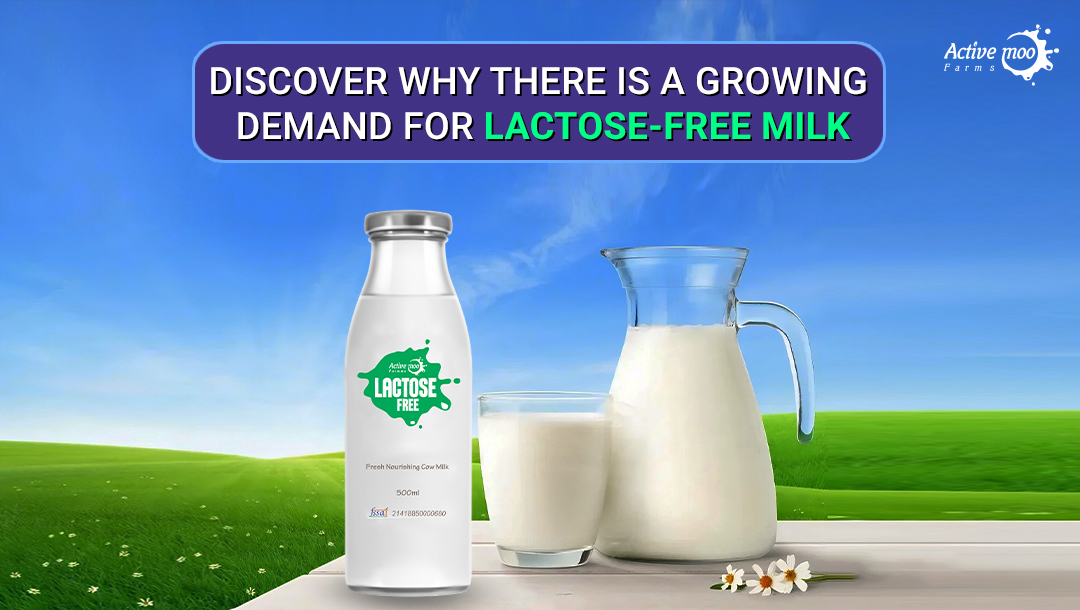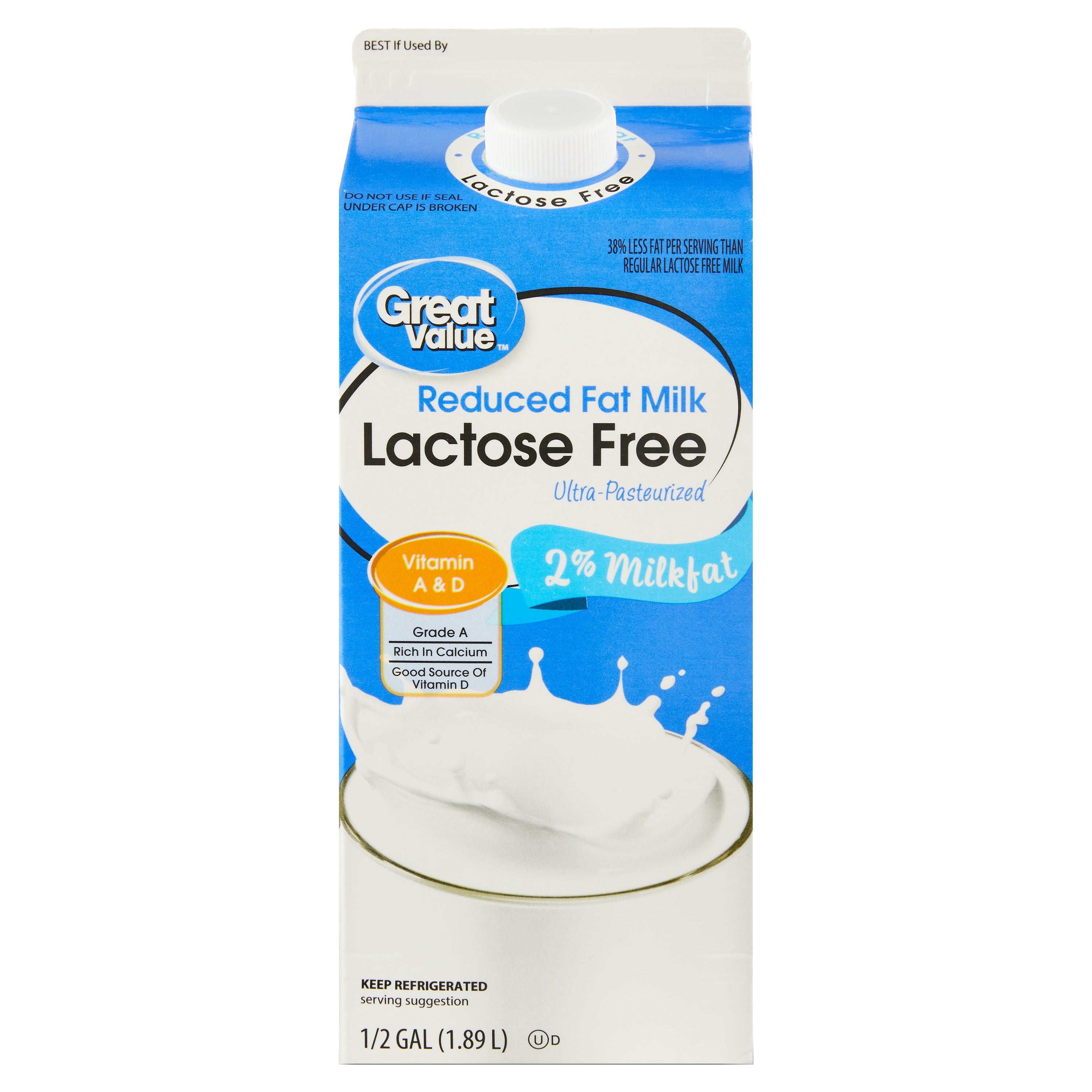Is Lactose Free Milk Good For You
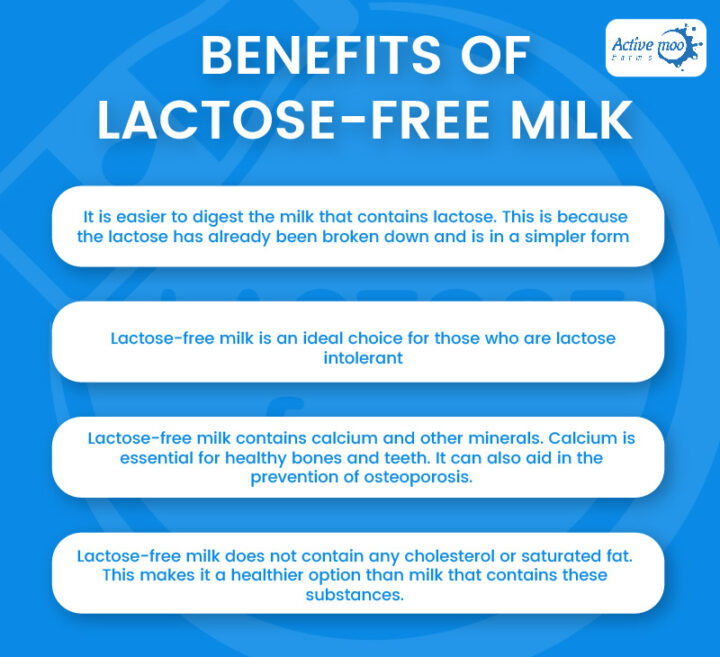
In the modern grocery aisle, the sheer volume of milk options can be overwhelming. Among the varieties like almond, soy, and oat milk, lactose-free milk has carved out a significant niche. But beyond catering to those with lactose intolerance, questions linger about its nutritional value and overall health benefits compared to regular dairy milk.
This article delves into the facts surrounding lactose-free milk. We will examine its production process, nutritional profile, potential advantages, and any drawbacks, providing a comprehensive overview to help consumers make informed decisions. Our goal is to analyze whether choosing lactose-free milk is genuinely a healthier option for everyone, or just those with specific dietary needs.
What is Lactose-Free Milk?
Lactose-free milk is essentially regular cow's milk that has been treated to reduce the amount of lactose, a type of sugar naturally found in milk. This is achieved by adding lactase, an enzyme that breaks down lactose into simpler sugars, glucose and galactose. The resulting milk tastes slightly sweeter, but its core nutritional components remain largely the same.
The Lactose Intolerance Factor
Lactose intolerance occurs when the small intestine doesn't produce enough lactase. This deficiency makes it difficult to digest lactose, leading to symptoms like bloating, gas, and diarrhea after consuming dairy products. Lactose-free milk offers a solution by pre-digesting the lactose, making it easier for individuals with lactose intolerance to enjoy milk without discomfort.
Nutritional Comparison: Lactose-Free vs. Regular Milk
The nutritional content of lactose-free milk is virtually identical to that of regular milk. Both contain similar amounts of protein, calcium, vitamin D, and other essential nutrients. The United States Department of Agriculture (USDA) confirms this in its nutritional databases, showing negligible differences in macronutrient and micronutrient profiles.
A key benefit of both types of milk is their high calcium content, crucial for bone health. Additionally, both are often fortified with vitamin D, which aids in calcium absorption. This fortification makes both lactose-free and regular milk valuable sources of these essential nutrients.
The protein content is also comparable, typically around 8 grams per cup. This protein is essential for muscle building and repair, making both lactose-free and regular milk beneficial for overall health. In essence, lactose-free milk provides the same nutritional advantages as regular milk, but without the lactose.
Potential Advantages of Lactose-Free Milk
The most significant advantage of lactose-free milk is its digestibility for individuals with lactose intolerance. This allows them to enjoy the benefits of milk without experiencing unpleasant gastrointestinal symptoms. This can improve their quality of life and ensure they receive crucial nutrients.
For those who avoid dairy due to perceived sensitivities, lactose-free milk can be a viable alternative. It allows them to reintroduce dairy into their diet without the adverse effects commonly associated with lactose intolerance. This can broaden their dietary options and improve their overall nutritional intake.
Furthermore, some studies suggest that lactose-free milk may be slightly easier to digest for some individuals, even without a diagnosed lactose intolerance. The pre-digestion of lactose by lactase could potentially reduce digestive strain in some people. However, this benefit is not universally experienced.
Potential Drawbacks and Considerations
One potential drawback of lactose-free milk is its slightly sweeter taste. While not a significant issue for most, some individuals may find the increased sweetness undesirable. This is due to the breakdown of lactose into glucose and galactose, which are sweeter than lactose.
Another consideration is the price. Lactose-free milk is often slightly more expensive than regular milk due to the added production step involving the lactase enzyme. This cost difference can be a factor for budget-conscious consumers.
It's also important to be aware of added sugars in some brands of lactose-free milk. Always check the nutrition label to ensure no unnecessary sugars have been added. Opting for unsweetened varieties can help mitigate this concern.
Expert Opinions and Scientific Studies
Dietitians and nutritionists generally agree that lactose-free milk is a suitable alternative to regular milk for those with lactose intolerance. The Academy of Nutrition and Dietetics acknowledges the nutritional equivalence of both types of milk, emphasizing that lactose-free milk provides the same essential nutrients.
Studies have shown that lactose-free milk does not negatively impact bone health or overall nutritional status. Research published in the Journal of the American College of Nutrition supports the use of lactose-free milk as a safe and effective way to meet dairy recommendations for individuals with lactose intolerance.
However, experts caution against self-diagnosing lactose intolerance. It is crucial to consult with a healthcare professional to rule out other potential causes of digestive issues. A proper diagnosis can ensure that lactose-free milk is indeed the appropriate solution.
The Future of Dairy Alternatives
The market for dairy alternatives, including lactose-free milk, is expected to continue growing. Technological advancements in enzyme production and processing methods may lead to more affordable and readily available lactose-free options. This could make it even more accessible to a wider range of consumers.
Furthermore, research into personalized nutrition may shed more light on the individual digestive responses to lactose. This could lead to more tailored dietary recommendations and a better understanding of who truly benefits from lactose-free milk. The key takeaway is that lactose-free milk is a valuable option for those who need it.
Ultimately, the choice between regular and lactose-free milk depends on individual needs and preferences. Lactose-free milk offers a convenient and nutritious way for individuals with lactose intolerance to enjoy the benefits of dairy. For those without lactose intolerance, the decision boils down to personal preference and cost considerations.
